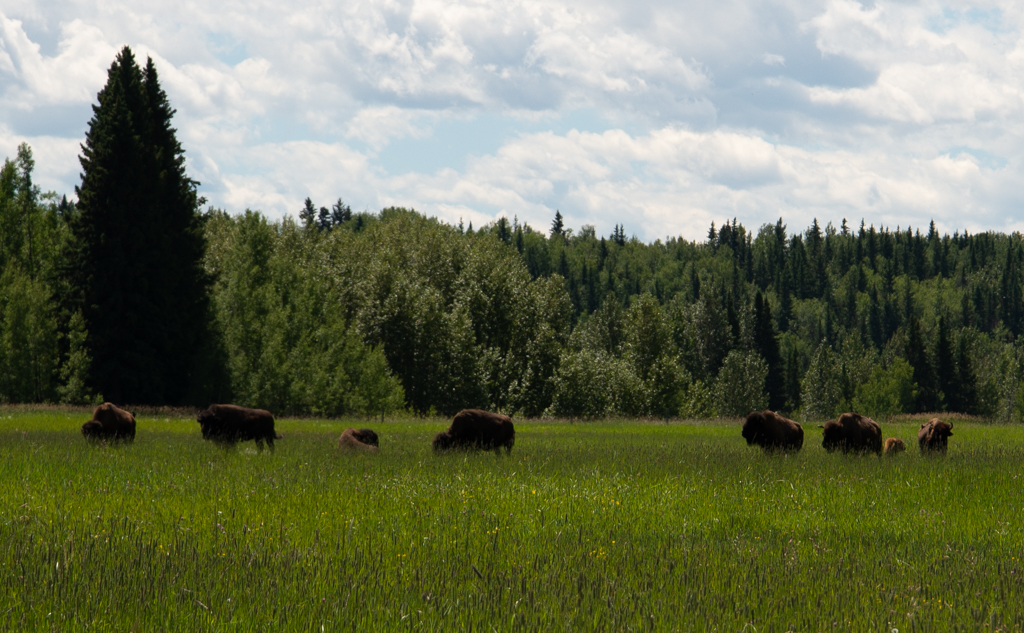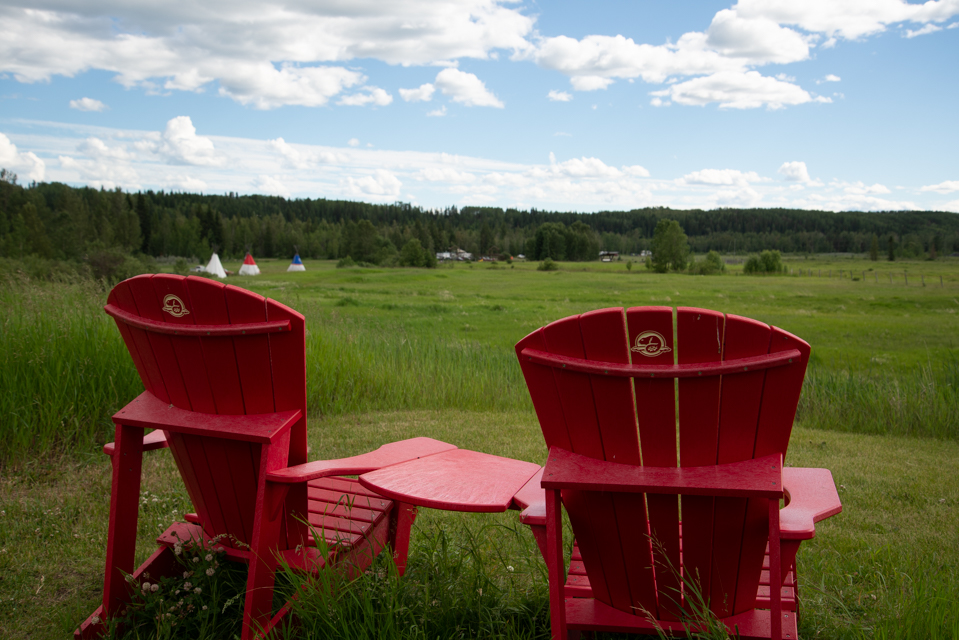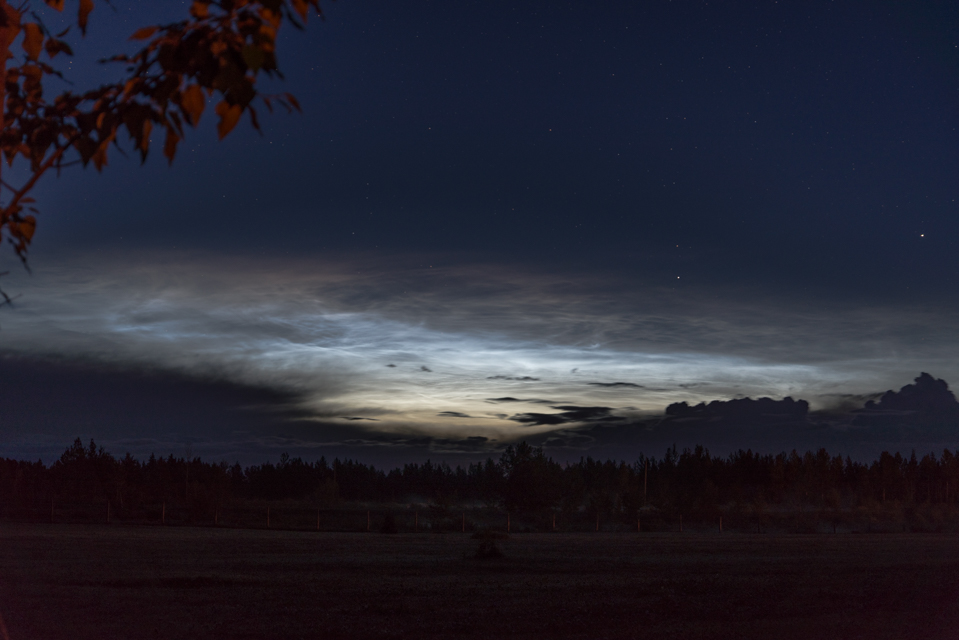
© Judy Black. D600, ISO 100, 1/640 sec @ f/6.3 |
Constellation: Aquila, Cygnus, Lyra, Perseus Asterism: Summer Triangle Planet: Jupiter, Venus (in Leo) Open Cluster: Alpha Persei Cluster Noctilucent Clouds |

© Judy Black. Nikon D600, ISO 100, 1/160 sec @ f/8.0 |
Location: Rocky Mountain House Historic Site & Campground, AB We were camped on an open flat field that was adjacent to the fenced-in buffalo pen/range and close to the historic site. |
Constellation: Aquila, Cygnus, Lyra, Perseus
Asterism: Summer Triangle
Planet: Jupiter, Venus (in Leo)
Open Cluster: Alpha Persei Cluster
Noctilucent Clouds
Jupiter (in Libra)
Time: 10:55 PM MDT
Instrument: Visual + Binoculars
Thought I saw all 4 moons but in reality only saw three. Jupiter was at 2 o'clock to Zubenelgenubi (α1 and α2). What I thought was a planet was later identified (believe it or not) as TYC 577-0952-1.
|
Venus (in Leo) |
 |
|
Cygnus Aquila |
Summer Triangle (DAVe) |
|
Lyra |
Perseus + Alpha Persei Cluster |
Noctilucent Clouds (NLC)
Time: 2:21 AM MDT
Instrument: Visual
The sun had already set in the west and the remnants of light indicating its last attempts to illuminate our sky was barely evident.
However, 20º - 25º to the NW were clouds that were very well illuminated - and it wasn't the sunset! Turns out it was noctilucent clouds. These electric blue clouds also called "polar mesospheric clouds". Ice crystals at about 80 - 85 km above Earth reflect the Sun's light during a period of time from about 90 minutes to about 2 hours after sunset or before sunrise. This occurs at latitudes 50º - 70º north and south. We were at 52.3488º N. The clouds are visible only when they are illuminated by sunlight below the horizon while the lower layers of the atmosphere are in Earth's shadow.
A beautiful sight. A moving experience in the badlands of Alberta.
